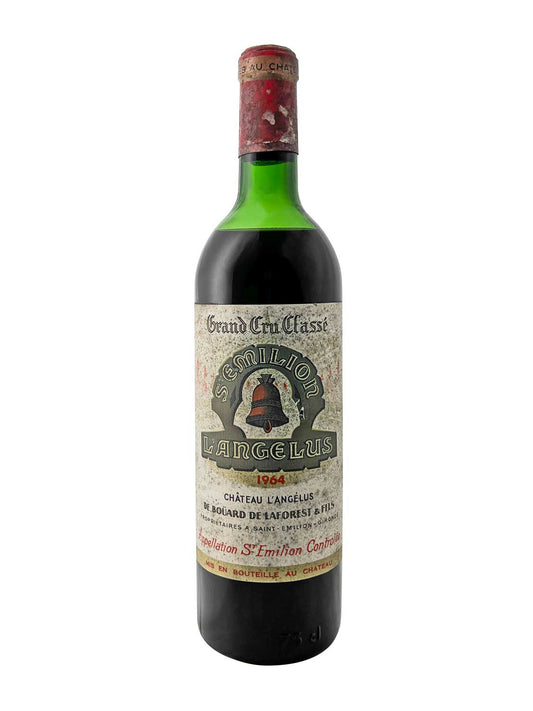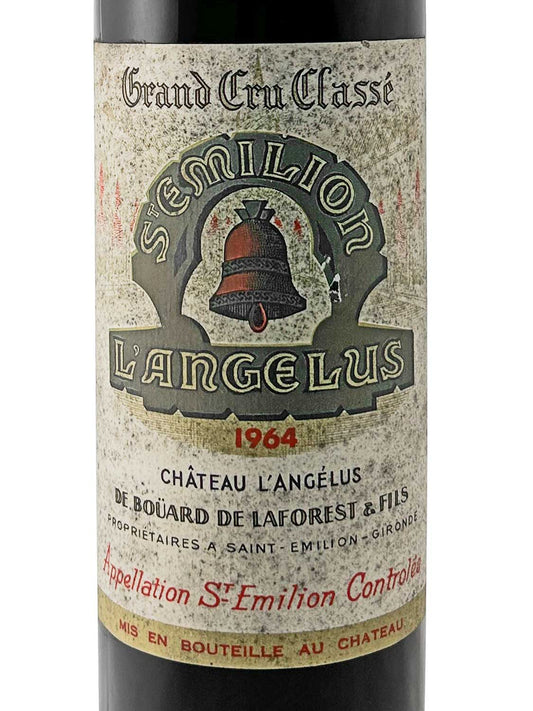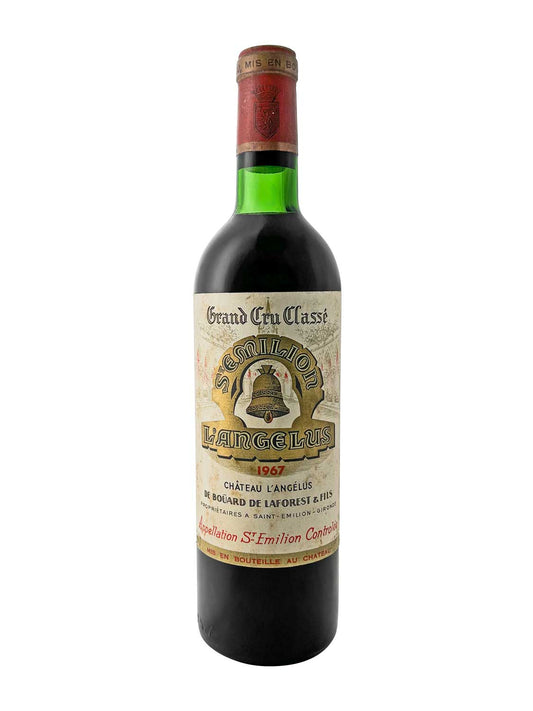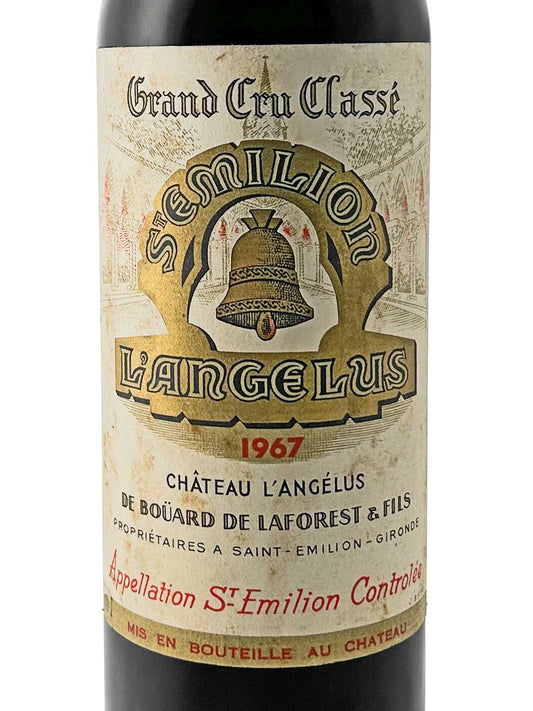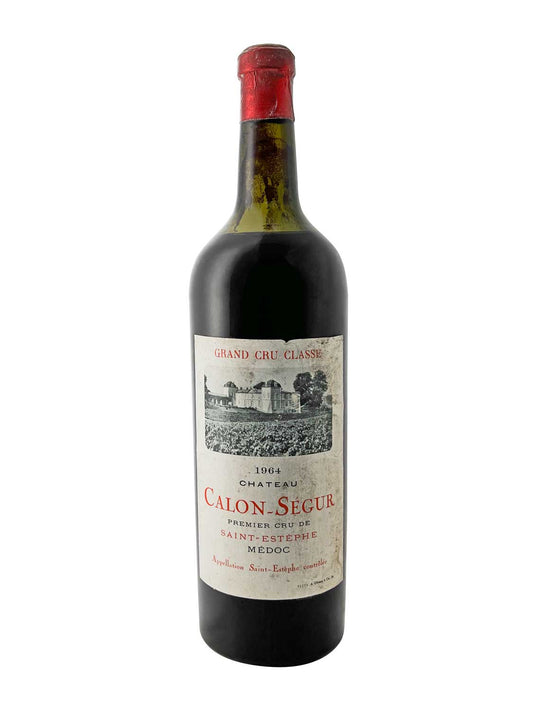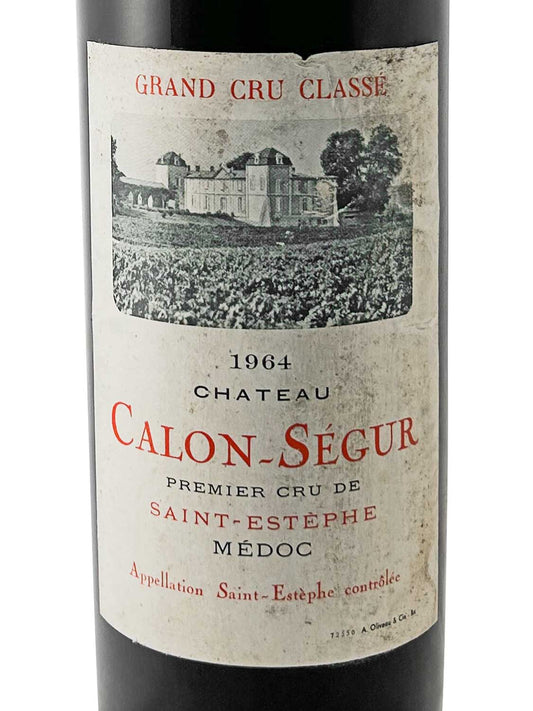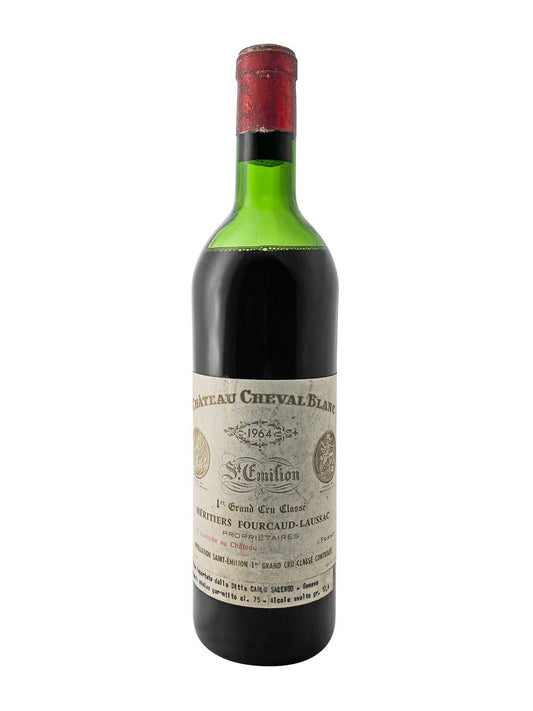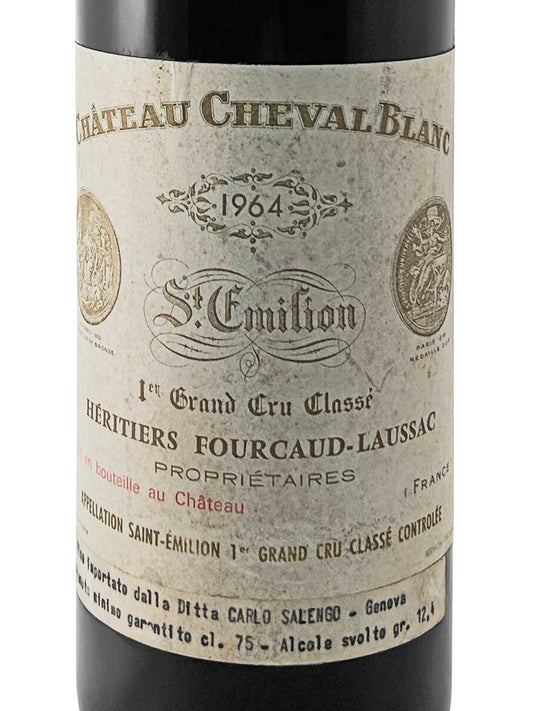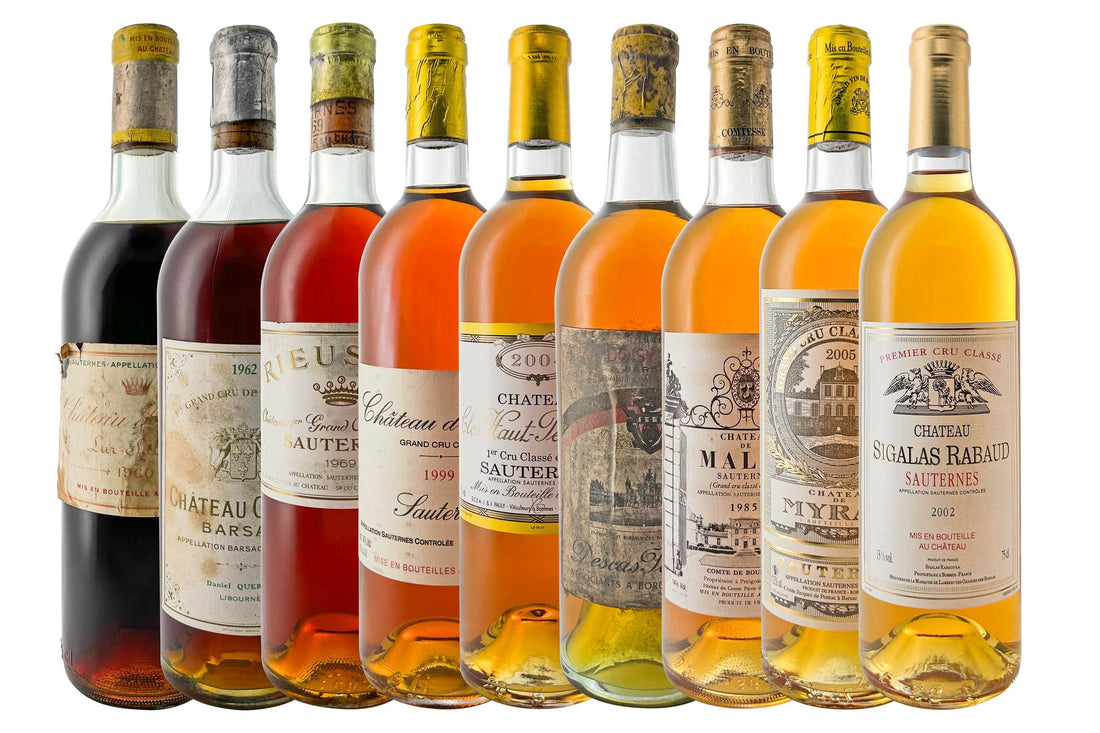
Why are dessert wine bottles transparent?
Advantages of transparent wine bottles
Dessert wine is a fascinating and diverse wine category that delights with its honey-sweet, complex aromas and long aging potential. A striking feature of many dessert wines is the transparent design of their bottles. But why are dessert wine bottles transparent? In this blog post, we explain the key reasons behind this design choice, highlight the benefits, and provide valuable insights into the significance of transparent wine bottles.
Also read: What is dessert wine?
1. Presentation and aesthetics: The eye drinks with
An important reason for transparent bottles for dessert wine is visual presentation. High-quality wines should not only taste good, but also be visually appealing.
Appearance of the wine:
Many dessert wines have a characteristic golden to amber hue, which is created by their natural sugar content and aging processes. A transparent bottle allows the wine collector to directly see this beautiful color and tune into it.
Trust through visibility:
Transparent bottles convey openness and trust. Wine collectors can see at a glance how clear the wine is and whether it has any cloudiness or sediment—a sign of natural aging or storage.
Aesthetics on the shelf:
Transparent bottles stand out on wine shelves due to their luminosity. They attract attention and stand out from other dark bottles – ideal for tastings, presentations, or elegant gift packaging.
Read also: Risk – Buying wine in the shop window
2. Tradition and brand identity
In some regions and for certain manufacturers, the use of transparent bottles is a conscious decision for branding purposes.
Marketing:
Dessert wine has a golden yellow color, reminiscent of honey for wine lovers. A transparent wine bottle naturally showcases sweet wine and its honey-like flavor. The association of dessert wine with honey can trigger a purchase impulse.

Traditional practice:
In countries like France (e.g., Sauternes) or Germany (ice wine), there are historical examples of transparent bottles for certain types of wine. This tradition is maintained to convey authenticity.
Brand image:
Some winemakers deliberately use clear bottles to emphasize their transparency in quality and naturalness. It signals openness to the consumer: "Here, you see exactly what you're getting."
3. Practical aspects: storage and handling
Transparent bottles also offer practical advantages:
Checking the wine condition:
A visual inspection can reveal early on whether deposits have formed or whether the wine has become cloudy – important indicators of storage conditions or aging.
Easier identification:
When sorting in the cellar, transparent bottles help you quickly find the desired vintage or type.

Are there any disadvantages?
Of course, there are also some considerations against transparent bottles:
Light sensitivity: Without special UV protection, they are more susceptible to light damage. However, compared to red and white wine, dessert wines are less susceptible to UV light.
Expectations: Many wine lovers associate green as the typical color of a wine bottle. Any bottle with a different color is viewed with more skepticism.
Visibility: Scratches and cracks are harder to see on transparent wine bottles than on darker colored ones.
Conclusion: Why are dessert wine bottles transparent?
In summary, the transparency of the bottle for dessert wine has several key reasons, but these also come with disadvantages.
So, the next time you discover a honey-like liquid in a transparent bottle – be it Sauternes, ice wine, or Trockenbeerenauslese – you will now know the many reasons behind it!


